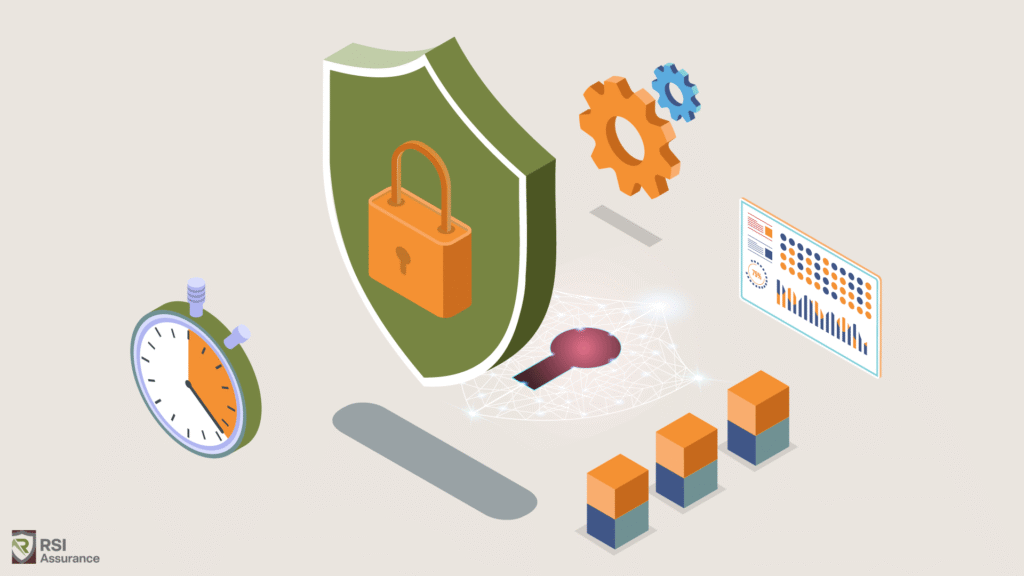The final rule for CMMC Level 2 may not be fully codified yet, but defense contractors who start preparing now are securing their futures and gaining a competitive edge.
1. CMMC Compliance Is About Risk, Not Just Regulation
At its core, CMMC Level 2 aligns with NIST SP 800-171, which outlines the baseline security requirements for safeguarding Controlled Unclassified Information (CUI). These are not abstract controls; they reflect the minimum standard expected to protect sensitive government data across the defense industrial base.
Early implementation of CMMC:
- Reduces risk exposure to nation-state actors and cybercriminals
- Shields intellectual property and contract data from breach
- Demonstrates proactive security leadership to government partners
Bottom line: Good cybersecurity is good business, regardless of whether the rule has dropped.
2. Delaying Means Rushing: Remediation Takes Time
CMMC Level 2 includes 110 controls, many of which require significant planning, resourcing, and documentation. Organizations undergoing a gap assessment today often find:
- Dozens of missing or outdated policies
- Unconfigured security tools
- Inadequate user access control, logging, or encryption practices
Even with dedicated support, it can take 6 to 12 months to fully implement and validate these controls.
Examples of high-effort controls include:
- Audit & Accountability (AU): Centralized logging, log review, and event correlation
- System & Communication Protection (SC): TLS, VPN, and FIPS-validated encryption for data in transit and at rest
- Access Control (AC): Multi-factor authentication, least privilege, and user provisioning processes
Waiting for rule finalization may result in a last-minute scramble, and increased cost.
3. Market Differentiation and Pre-Qualification
Many defense primes and contracting officers already view CMMC readiness as a competitive discriminator.
Starting now allows your organization to:
- Present as a “CMMC-ready” subcontractor in teaming arrangements
- Show proof of a System Security Plan (SSP) and Plan of Action & Milestones (POA&M)
- Meet interim NIST 800-171 requirements in DFARS 7012/7019 clauses
- Respond to RFIs and pilot solicitations with emerging cyber criteria
Early action = early credibility.
4. Strategic Budgeting and Operational Efficiencies
Instead of absorbing the full weight of CMMC-related expenses all at once, early readiness:
- Allows costs to be phased across quarters or fiscal years
- Reduces unplanned CapEx spikes for tooling or consultants
- Builds institutional knowledge organically, through security training, technical uplift, and cultural adoption
In contrast, late adopters may face:
- Vendor scarcity (auditors, C3PAOs, consultants)
- Compressed timelines
- Premium pricing on last-minute solutions
5. Regulatory Signals: The Rule Is Mostly Here
The CMMC 2.0 final rule has been published effective December 16, 2024. This rule, codified as 32 CFR Part 170, was officially released by the Department of Defense (DoD) on October 15, 2024, and outlines the framework for cybersecurity requirements within the Defense Industrial Base.
However, the Defense Federal Acquisition Regulation Supplement (DFARS) rule, specifically DFARS Case 2019-D041, which will incorporate CMMC requirements into DoD contracts, is still in the rulemaking process. The DoD anticipates publishing this DFARS rule in the fall of 2025.
Once fully enacted, contractors will need to:
- Conduct a self-assessment or formal C3PAO audit within 6 months
- Upload evidence and scores to the Supplier Performance Risk System (SPRS)
- Achieve certification prior to contract award if CMMC Level 2 is required
Waiting until the rule is published may not leave enough time to prepare before it becomes a contractual gate.
6. Culture Shift: Security as a Mission-Driven Asset
Beyond checkboxes, preparing for CMMC Level 2 sets a tone of organizational maturity. It embeds security in the culture, operations, and leadership of the business.
Companies that begin early are able to:
- Train staff and build muscle memory around compliant practices
- Incorporate security into DevOps and procurement lifecycles
- Reduce the business impact of future audits through sustainable practices
CMMC readiness is a business transformation, not just a project.
Build Your Advantage Today
The most successful DoD contractors tomorrow are preparing today.
Whether you’re a small subcontractor or a large defense integrator, starting now provides:
- More time
- Greater clarity
- Lower costs
- Higher credibility
Waiting for the rule to be finalized is a strategic mistake. With Continuum GRC and RSI Security as your readiness partners, you can align early, prepare deeply, and certify efficiently when the time comes.
Ready to Get Started?
As a C3PAO and SOC 2 CPA firm, RSI Security and RSI Assurance provide:
- CMMC readiness assessments
- Gap analysis and control implementation
- Policy & documentation support
- Pre-audit validation
- Full CMMC Level 2 certification services
Download CMMC Level 2 Datasheet




